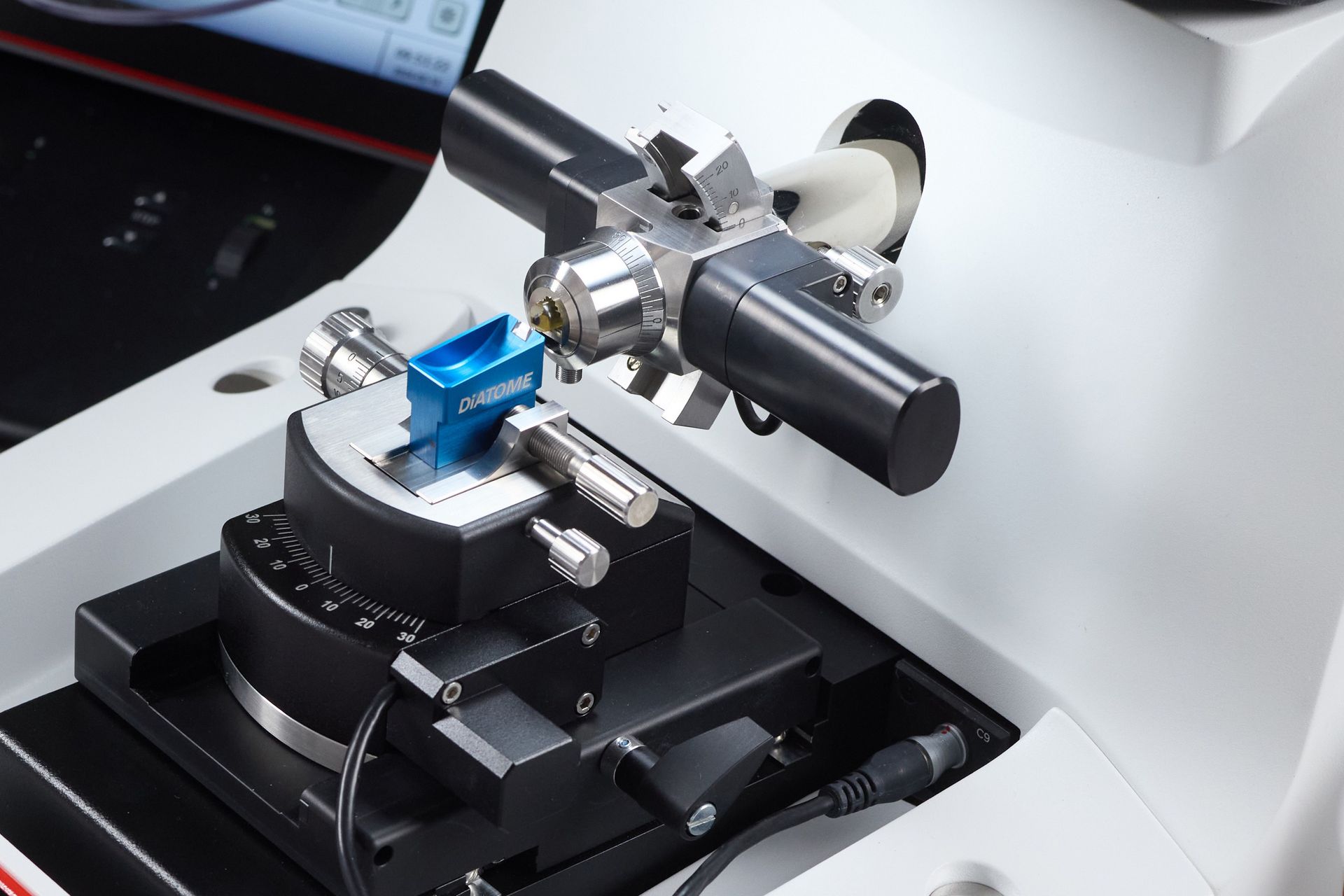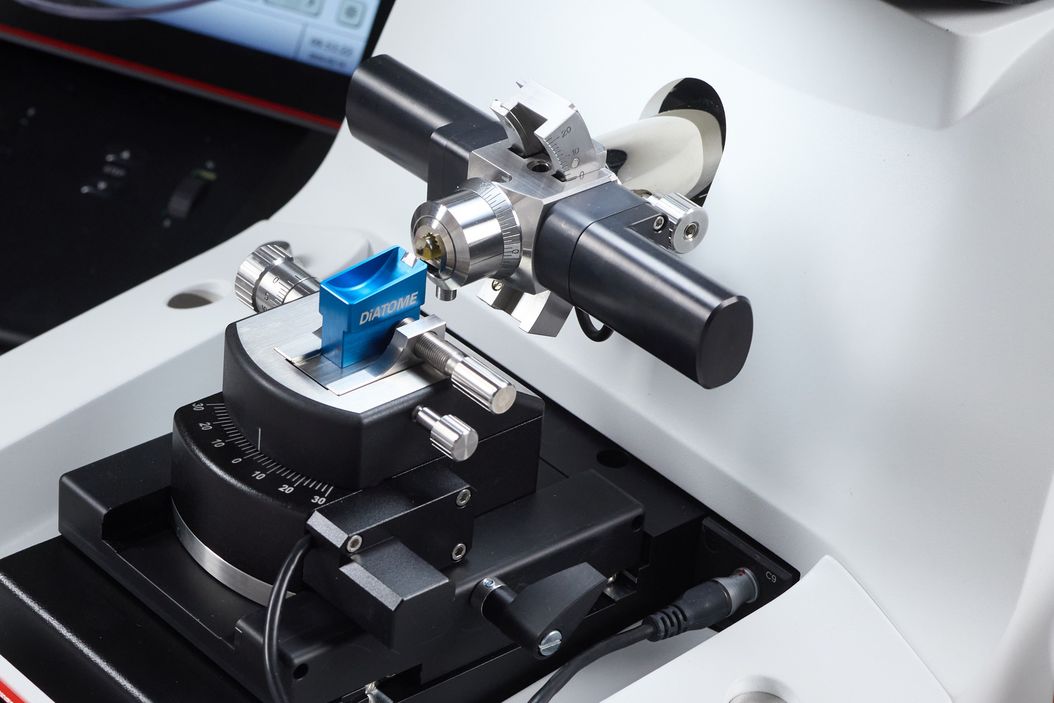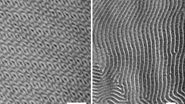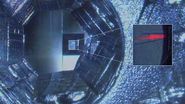
Behind the Blade: Expert Insights on Polymer Sectioning with Helmut Gnägi - Diatome
Helmut Gnägi, co-founder of one of the world’s most trusted diamond knife companies, has spent decades mastering ultramicrotomy. We sat down with him to understand the subtleties of polymer sectioning, from knife geometry to cryo challenges.
How did you get started in the world of ultramicrotomy?
Helmut Gnägi: I started as a mechanical engineer, but I became fascinated by ultramicrotomy. We were making polishing machines in the early days—everything manual—and I saw how much could be improved. Back then, researchers like Fernández-Morán needed perfect brain slices for TEM. That challenge became my life’s work.
Why do people use ultramicrotomy for polymers today, instead of other techniques like FIB or cryo-plasma?
Helmut Gnägi: Ultramicrotomy is still the cleanest way to get high-quality polymer sections. FIB and plasma methods can introduce damage—heat, ions, distortion. Ultramicrotomy leaves the material’s properties intact, especially for delicate or multi-layered polymers.
Key Insight:
Ultramicrotomy offers damage-free, thin, smooth sections ideal for TEM, AFM, and surface-sensitive techniques such as AFM. Check the most recent ultramicrotome from Leica Microsystems, the UC Enuity.
What are the key differences between sectioning polymers at room temperature and at cryo temperatures?
Helmut Gnägi: At room temp, your sections float—you can see them, pick them up easily. At cryo, it’s a different beast. They tend to curl, more difficult to handle. You need skill and the right tools, like an eyelash to flatten or direct them.
| Room Temperature | Cryogenic | |
|---|---|---|
| Knife Boat | Water-filled | Usually dry |
| Section Shape | Float on water | Tend to curl |
| Handling | Easier | Needs tools (eyelash, tweezers) |
| Trimming | Diamond trimming blade or trim machine (EM RAPID) | Diamond trimming blade |
| Embedding | Optional (epoxy, glue or just clamping) | Embedded in OCT when small (particles, foils) |
How should polymers be mounted before sectioning? Any tips?
Helmut Gnägi: The correct mounting is important. If your sample bends, the structure may be changed. Delicate polymers such as polystyrene should be trimmed with care before mounting for UM. For thin polymer films, I always recommend sandwiching them between metal frames using a gel superglue. For delicate cryo samples, OCT works well, but don’t let it interfere with your imaging.
What’s the most common mistake people make when sectioning polymers?
Helmut Gnägi: They use the wrong knife—or a knife that’s not sharp anymore. Not all diamond knives perform the same, especially under cryo. Some were made for embedded resin, not dry cutting. Also, trimming is often skipped or done poorly.
Tip: Always match knife type to sectioning condition (cryo vs. room temp) and make sure trimming is done precisely for clean ribbons.
What’s your biggest piece of advice for someone new to polymer sectioning?
Helmut Gnägi: Understand what you’re cutting, and why. Is it for surface imaging? Internal structure? Each purpose needs a different setup. And always respect the knife—it’s not just a tool, it’s an enabler. You can’t make a good knife without knowing the application.
Quick Tips from the Expert
- Avoid bending hard polymers; snap, don’t cut.
- Use AFM sample holders and glue sandwiches for thin foils.
- Trimming quality matters, use the right blade for cryo and room temp.
- At cryo, be ready to work with wavy sections that might be tricky to handle (prepare a good hair, an eyelash or a dalmatian hair glued to a wooden stick).
- Not all diamond knives are the same—ask your supplier about dry-section compatibility (contact DIATOME directly or go through your local Leica sales specialist).





